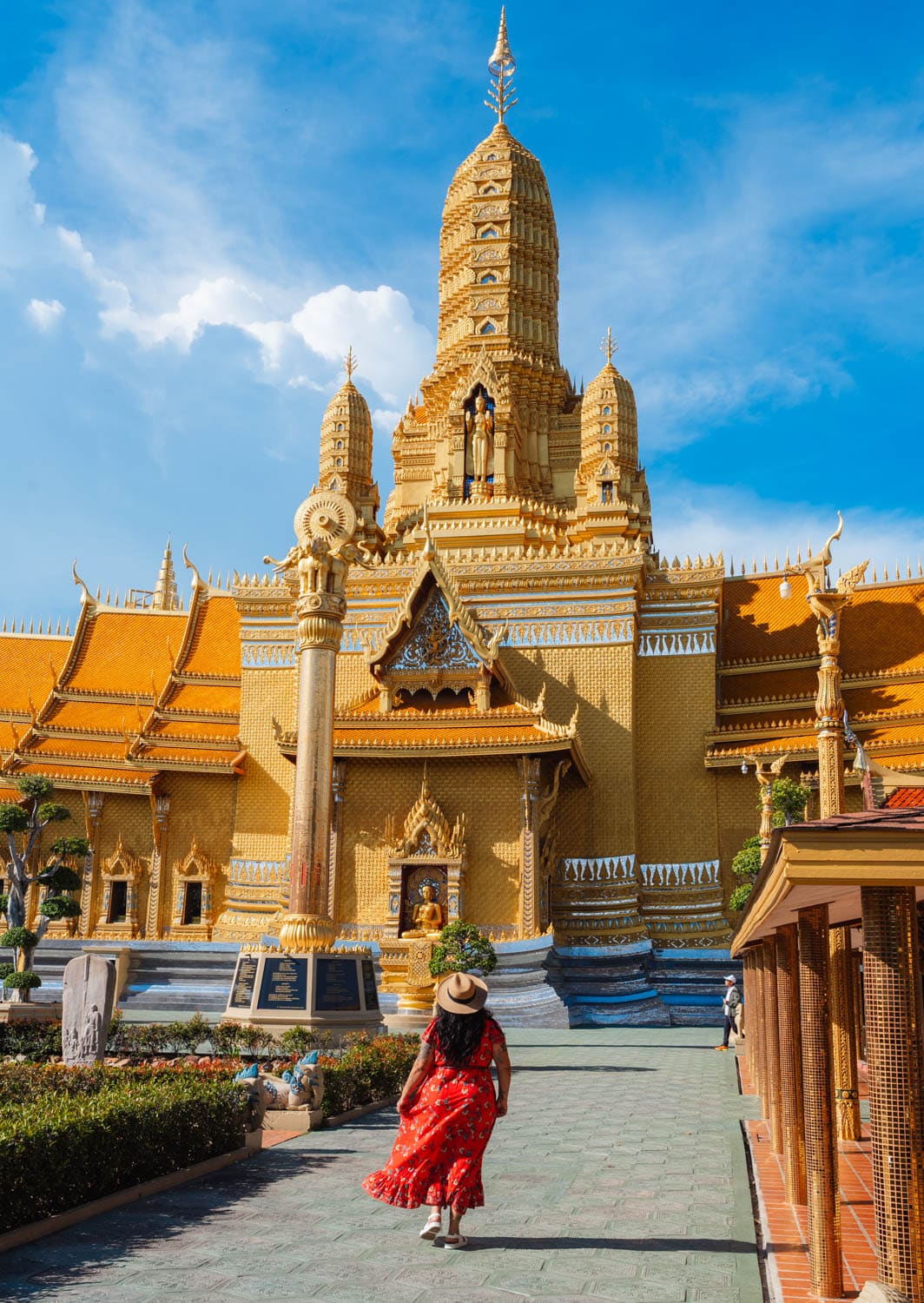In the predawn quiet of Bangkok’s ancient communities, time seems to flow differently. As I navigate the narrow walkways of Kudijeen, where Portuguese settlers first established their community over three centuries ago, the modern metropolis feels worlds away. These hidden pockets of Bangkok, preserved like time capsules amid the city’s relentless development, offer photographers rare glimpses into Thailand’s living heritage. Here, in these ancient villages, every weathered façade and morning ritual tells a story that stretches back generations.
Bangkrachao, often called Bangkok’s “green lung,” presents a striking contrast to the urban sprawl that surrounds it. This peninsular oasis, encircled by the Chao Phraya River, maintains a way of life that has largely disappeared from the rest of Bangkok. As morning light filters through the dense canopy of tropical trees, I’ve learned to capture the interplay between nature and community – elderly residents tending to their elevated gardens, children cycling to school along raised wooden pathways, and farmers harvesting morning glory from ancient waterways. These scenes require patience and cultural sensitivity to document, as many residents maintain traditional beliefs about photography and privacy.
The architecture of these ancient communities tells its own story through the lens. In Kudijeen, centuries-old wooden houses stand shoulder to shoulder, their weathered teak facades bearing witness to countless monsoon seasons. The challenge lies in photographing these structures in ways that convey both their historical significance and their continued role in community life. Morning light reveals textures in old wood and handmade bricks that speak to construction techniques passed down through generations. Each crack and repair tells a story of resilience, of communities adapting to preserve their heritage while embracing necessary changes.
Religious practices in these ancient villages offer profound insights into Bangkok’s multicultural heritage. In Kudijeen, the Santa Cruz Church stands as a testament to the area’s Catholic heritage, while nearby Buddhist temples and Muslim mosques serve their respective communities. Documenting these diverse religious traditions requires understanding and respect for different cultural protocols. The resulting images capture not just religious buildings but the way different faiths have woven themselves into the fabric of daily life – from morning merit-making to afternoon prayers, each ritual adding another layer to the community’s cultural tapestry.
The traditional markets in these villages provide windows into economic systems that have sustained communities for generations. Unlike the tourist-oriented floating markets elsewhere in Bangkok, these are working markets serving local residents. Photographers must navigate narrow spaces filled with vendors and buyers, looking for moments that capture both commercial transactions and the social bonds they represent. The challenge lies in remaining unobtrusive while documenting these intimate exchanges – a vendor extending credit to a regular customer, neighbors sharing news over morning coffee, young children running errands for their parents.
Water remains central to life in Bangkok’s ancient villages, particularly in communities like Bangkrachao where canals still serve as vital transportation routes. Documenting life along these waterways requires understanding how communities have adapted to living with water – houses built on stilts, small boats moored at family piers, children learning to swim almost as soon as they can walk. These scenes offer opportunities to capture a way of life that once characterized all of Bangkok but now survives only in these protected enclaves. The morning light reflecting off canal waters creates natural frames for portraits of residents going about their daily routines.
The craft traditions preserved in these communities provide particularly compelling subjects for documentation. In workshops passed down through families, artisans continue practicing skills that date back centuries – traditional boat building, herbal medicine preparation, textile weaving. Photographing these craftspeople requires building relationships over time, earning trust before attempting to document their work. The resulting images capture not just the physical processes but the intangible heritage being preserved through these practices – knowledge and skills that risk being lost as younger generations pursue different paths.
Food preparation in these ancient villages follows rhythms established over generations. Early morning scenes of women preparing traditional dishes, often using recipes inherited from their grandmothers, offer insights into culinary heritage that’s increasingly rare in modern Bangkok. These moments require careful timing and positioning to capture both the technical aspects of food preparation and the social contexts in which it occurs. The steam rising from morning curry pots, the precise movements of experienced hands forming traditional desserts, the gathering of families for meals – each scene contributes to our understanding of how food binds these communities together.
The interaction between generations in these ancient villages provides some of the most poignant photographic opportunities. Elderly residents sharing stories with grandchildren, master craftspeople teaching apprentices, young people helping maintain traditional homes – these moments capture communities in transition, balancing preservation with inevitable change. The challenge lies in documenting these interactions without romanticizing or oversimplifying the complex dynamics at play. Each image must acknowledge both the value of traditions being preserved and the challenges these communities face in maintaining their way of life.
As development pressures mount around Bangkok’s ancient villages, photography takes on added significance as a tool for cultural documentation. Each image captured in these communities serves as both art and historical record, preserving glimpses of a way of life that may not survive another generation. The photographer’s responsibility extends beyond mere documentation to creating images that might help these communities advocate for their preservation. Through careful observation and respectful interaction, we can create visual narratives that speak to both the historical importance and contemporary relevance of Bangkok’s hidden heritage communities.


